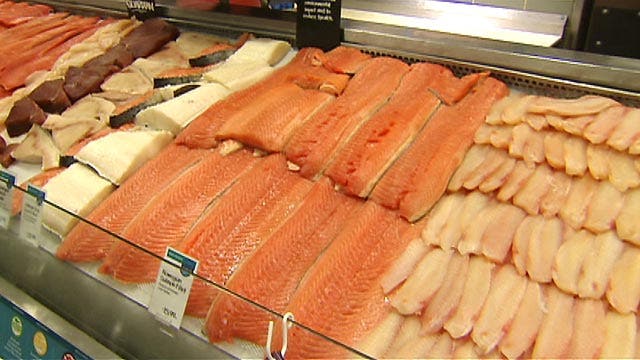Think you know exactly what fish you’re eating when you order sushi? Think again.
The ocean conservation group Oceana found through DNA testing that one-third of the nation’s seafood is mislabeled, according to U.S. Food and Drug Administration (FDA) guidelines.
From 2010 to 2012, researchers from the group gathered 1,215 seafood samples from 674 retail outlets in 21 states. Of the samples, 33 percent were labeled inaccurately.
Products sold as snapper and tuna were mislabeled at the highest rates – 87 percent and 59 percent, respectively. Of the 120 samples of “red snapper” tested in the study, only seven were actually red snapper, while the other 113 samples were another fish entirely.
RELATED: Fish sold in New York is routinely mislabeled, study finds
The researchers found that seafood fraud was likely across the country, but the problem was even more significant in Austin, Houston and Boston, where almost half of the fish were mislabeled. In Southern California, the issue was even more widespread, with rates of mislabeling reaching 52 percent.
And when it came to the country’s sushi, the mislabeling was extremely high – with sushi restaurants mislabeling their fish 74 percent of the time.
This study is a follow up to Oceana’s research published in December, which found that 39 percent of the fish sold in New York was inaccurately identified.
“Seafood is one of the healthiest sources of protein on the planet and should be a part of any healthy diet, but we need to know that what we’re buying is what the label says it is—for the good of our health, our wallets and our oceans,” Andy Sharpless, CEO of Oceana said in a statement.
Sharpless and Oceana hope that these findings will encourage more FDA inspections of seafood imported from abroad. Currently, the United States imports more than 90 percent of its seafood.

